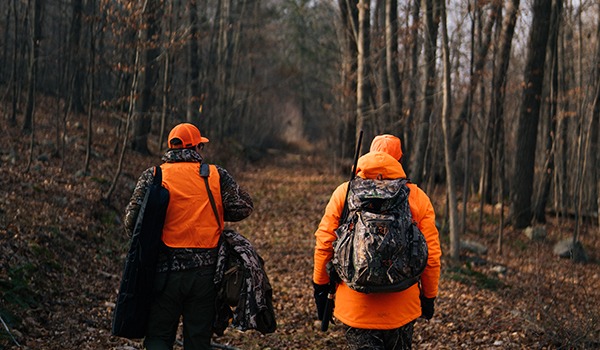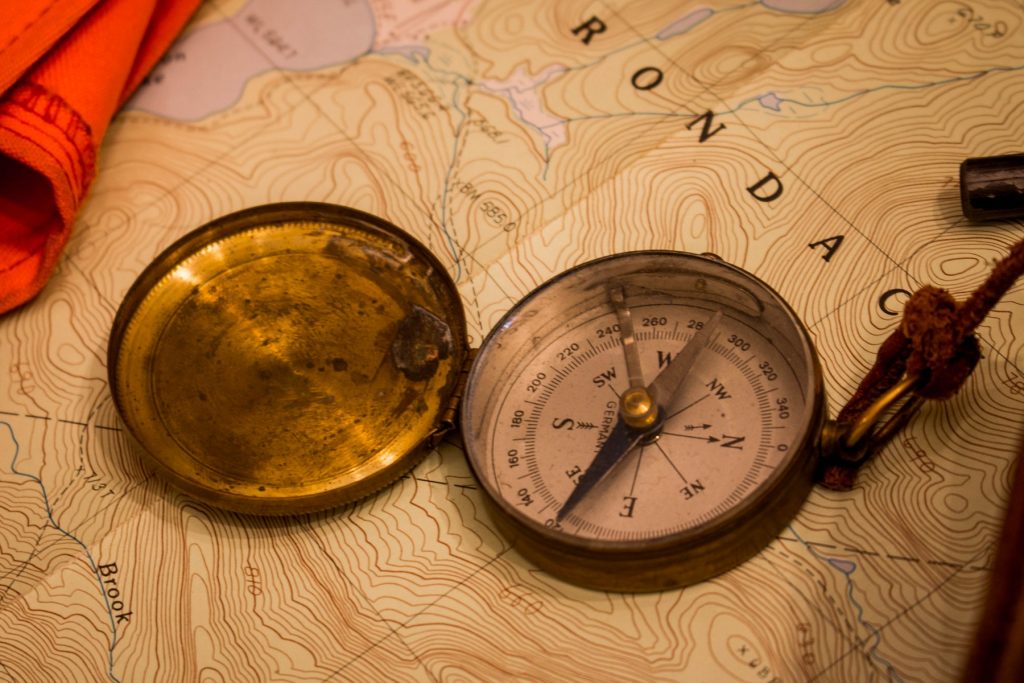
Staying Alive “Out There”
Hunting is a return to nature, an exploration of the wild places left on earth, and while there are many great hunts in close proximity to settled areas and each of our own backyards, experiences in the back country—commonly known as “out there”—can be simply amazing. Still, with rugged, far from civilization terrain, things gone wrong can suddenly go from “No big deal” to “I don’t know if I’m going to make it.” That means you will fare better if prepared than if not.
Three Bars, Two Bars …
Deep in the Adirondack Mountains on a deer hunt not long ago, I found my GPS unit couldn’t get a signal at all due to the heavy evergreen canopy and steep terrain. I tried finding the most open spot, but it was no use. Knowing the general direction back to the road where my truck was parked, my grandfather’s vintage compass took me home, though I missed my truck by about a half-mile or so.
I love modern electronic gadgets, including the handheld GPS, phone apps, digital compasses and the like, but I’ve also hunted in remote areas enough to have each and every one of them fail me at one point in time or another. In addition to regularly hunting all over the globe, I am a Licensed Land Surveyor by day, and that job takes me into many remote places. In spite of the electronic items I use on a daily basis, I still carry a good old magnetic compass with me. The magnetic pole never wears out, and it has saved me from a night in the wilds more than once.
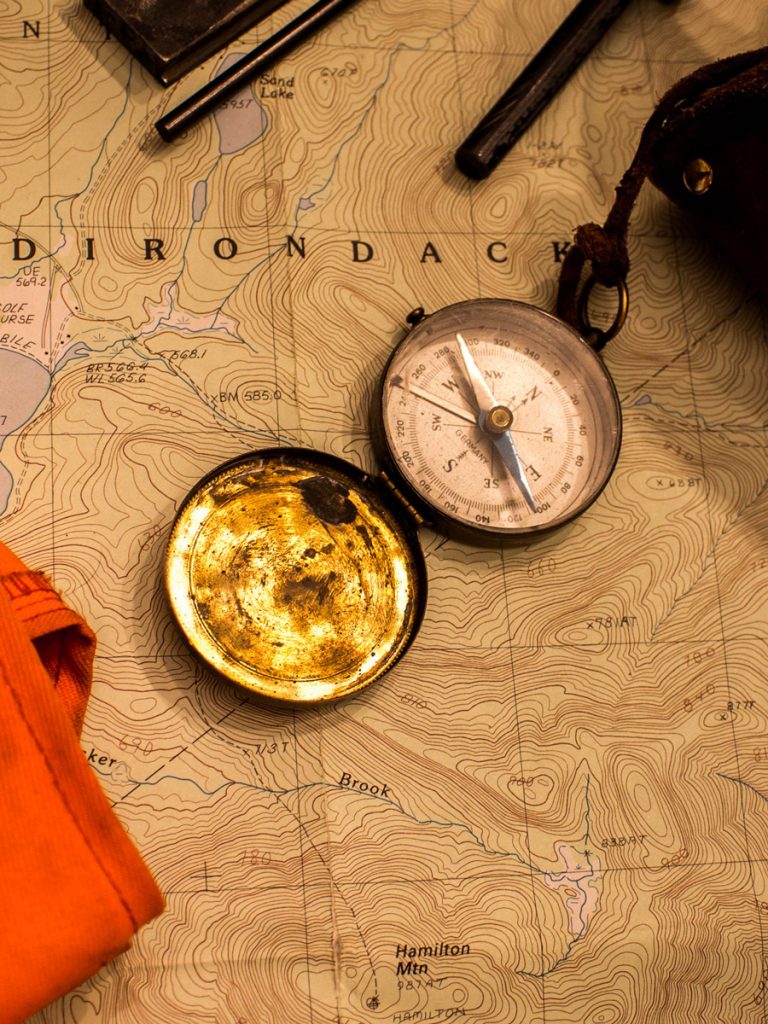
A good old magnetic compass can save the day when electronics run out of batteries or can’t receive a signal.
There are plenty of inexpensive compass models available, and they don’t take up a ton of room. Grandpa’s compass is tied to my hunting bag and goes everywhere with me. Mine even helped me play navigator when we had a vehicle breakdown in the Australian outback and couldn’t recognize our position in the two-million—that’s right, million—acre concession.
While we’re talking navigation, I love carrying a hard copy of the topographical map covering the area I’m hunting. Many of the U.S.G.S. (U.S. Geological Survey) maps showing roads, topography, and more are available free at www.usgs.gov and can be printed out.
Learning to read a topographic map is not only life-saving, I find it to be an exercise in fun, especially if you enjoy hiking or pre-season scouting. And if you’ve enjoyed some of the fantastic geocaching games out there, then you’re sure to be drawn to this use of maps.
Again, many maps are available on your phone, but a hard copy never runs out of battery and they’re often easier on the eyes than that 2×3-inch screen. I’ve had a couple of instances in which a wounded and not quite yet dead game animal took me over hill and dale, and the U.S.G.S. quadrangle map allowed me not only to get out safely after finding the animal, but efficiently return me to the kill site with a couple buddies to help pack the animal out.
Leave a Trail
A small roll of surveyor’s tape—we call it “flagging”—is another good item to have on hand when you’re hunting. They’re great for marking routes to and from camp or marking the way to and from a kill site. Even in small hunting areas close to home, flaggin can be useful to mark the entrance to the trail to your deer stand, something that can easily befuddle even the best of us in the pre-dawn dark. Plus, should something unfortunate happen, flagging a trail can help others find you.
Orange Says “Here I Am!”
Another simple item I bring along on my backcountry hunts is a blaze orange vest, even if I’m not required by law to wear it when hunting. Camo clothing and gear is perfect for hiding from animals, but it also hides you from rescuers. A light, compact blaze orange vest (one with reflective strip is even better), can be pulled from a pocket and used to signal others, should you break a leg or twist an ankle so bad that you cannot walk yourself out of the wilds.
By the way, I also take a few things like a hat and gloves with me and even an extra layer on “out there” hunts, even if it seems the weather is perfect and the forecast says to expect the same. I’ve seen 30-degree temperature swings in an afternoon—and besides, when was the last time your weatherman was right?
Let There Be Light
Light and heat are two essentials for a person stuck or lost in the woods, and both flashlights and fire starters are good items to help ensure your survival. Should you be forced to spend a night or several nights in the wild, a fire makes a great companion, as it will signal your position, keep you warm and dry, perhaps cook you dinner, and keep your mind occupied. At its most important, fire building is a skill that may be the difference between life and death.
A small magnesium fire-starter, small butane lighter, waterproof matches, some tinder (dryer lint in a plastic bag works very well), even a small magnifying glass all occupy my hunting bag. You might think it urban lore, but believe it or not, Fritos corn chips and even some lip balms can be a great tinder. Practice making fires with various starters and sparkers, as well as in inclement weather, so you’re well-versed should a real emergency arise.
You’ll likey need more than fire if you’re stuck “out there.” I like to carry a small, light compact flashlight—I’ve had the same Mini-Mag light for decades. I pack along two changes of batteries, I make sure they’re fresh, and when it’s very cold I keep them close to my body (inside a parka inside pocket is great) to keep the cold from killing them off. That little flashlight has helped me walk out in the dark, butcher an animal after dusk, change a flat on a logging road and a million other chores that have been unplanned.
Stopping the Bleeding
A small first-aid kit should be mandatory for any “out there” hunt, whether it’s pre-packaged or assembled yourself. The ability to stop bleeding may just save your life; accidents do happen when dealing with a downed game animal and a sharp knife. A few ibuprofen, some bandages, and some surgical tape can be used to improvise a solution to minor medical issues in the wild. I carry a couple yards of light, strong cord that can be used to a splint or sling an arm or leg (and which also doubles to help set up a shelter).
Call on Zen
Should a situation arise that requires you to stay “out there,” you must do everything in your power to keep your mind clear and stay calm. Many people who realize they’re lost tend to hurry around the woods in a panic, overheating, then stripping off clothing, only to have hypothermia set in. Don’t let that happen to you. Stop. Sit down. Breathe. Rushing around in a panic may only lead to injury, which will further complicate matters. Plus, you may not be as lost as you think. If you really are lost and you are hunting with other people, they will soon realize you’re missing, and if you stay where you are and build a fire, they have an excellent chance of finding you.
Same even if you’re not hunting with others, because you told someone at home where you’d be hunting and when you were expected to be back in touch or home, right? That’s a task I neglected on several solo hunts when younger and less wise. Always let someone know where you’re headed. Give them GPS coordinates, a copy of your map, a handwritten set of directions, anything, just so long as help can be sent should something go awry.
*-*-*-*-*-
Phil Massaro’s expertise both with firearm and sentence has quickly given him a hard-earned reputation in the outdoor industry. Hunting in his native New York state since the age of 14, Massaro now travels the world, pursuing everything from the whitetails and black bears of New England to red stag in Scotland, Cape buffalo in Zambia and Mozambique, elephant in Zimbabwe and water buffalo in Australia. His work appears regularly in the NRA’s American Hunter and Shooting Illustrated, Gun Digest, Guns & Ammo and Dallas Safari Club’s Game Trails Magazine, often accompanied by the photography of his wife, Suzie, also an avid hunter. When not writing or hunting, he works as a professional land surveyor alongside his father, and he also manages to squeeze in time at the reloading bench of Massaro Ballistic Laboratories, the custom ammunition company he founded. No, he doesn’t sleep.
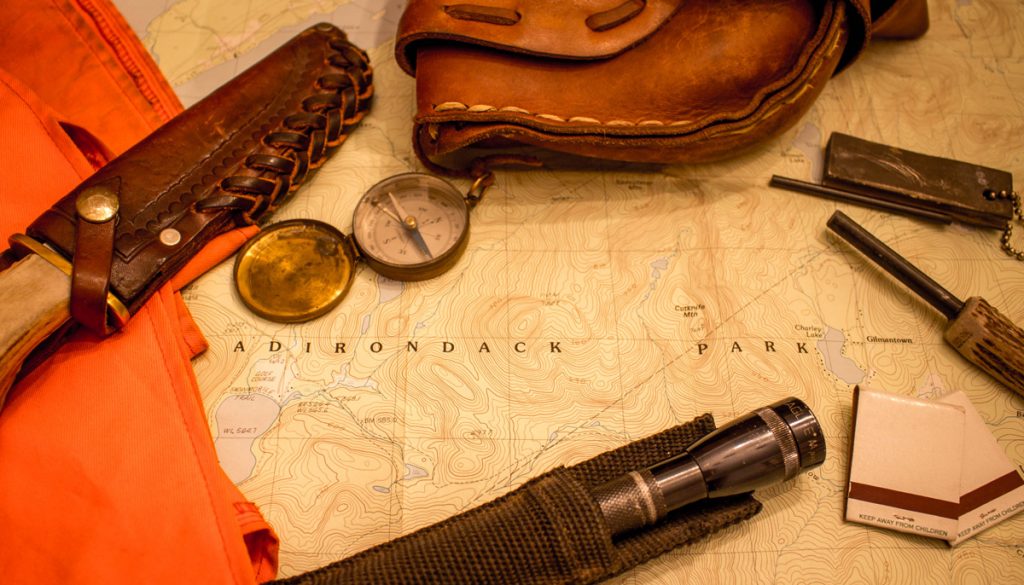
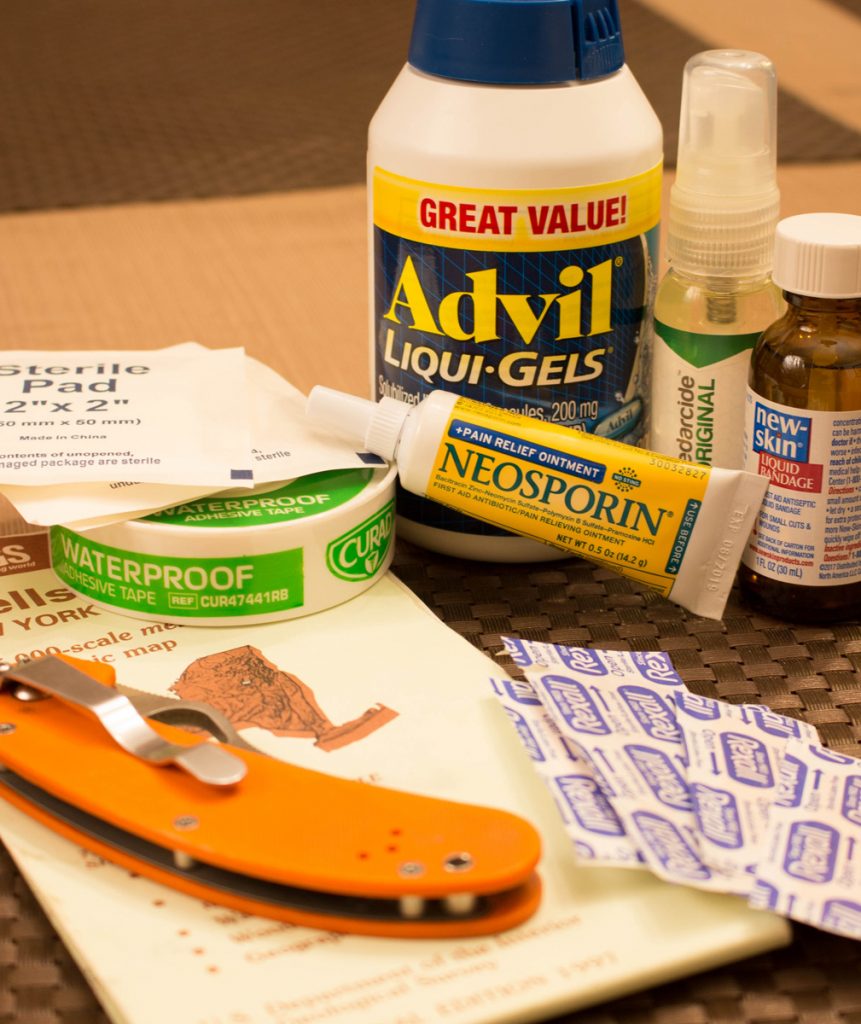
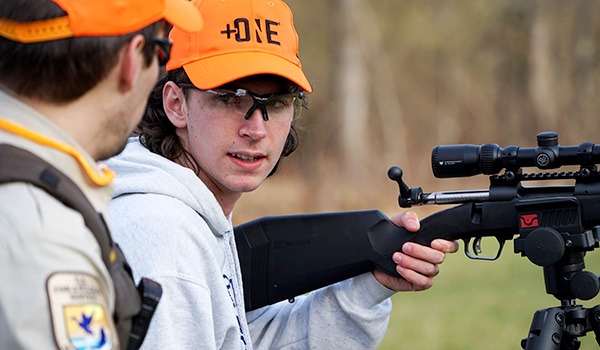
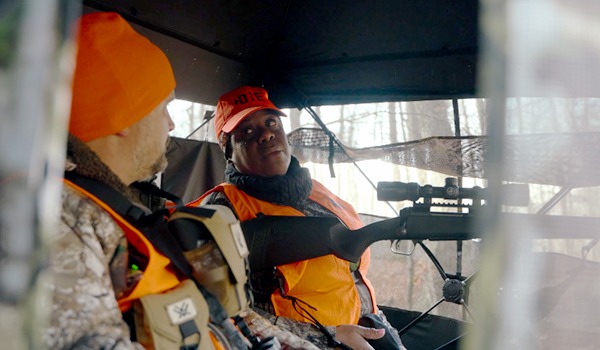 Field to Fork Mentor Keith Doyle in the blind with new hunter Nina.[/caption]
Field to Fork Mentor Keith Doyle in the blind with new hunter Nina.[/caption]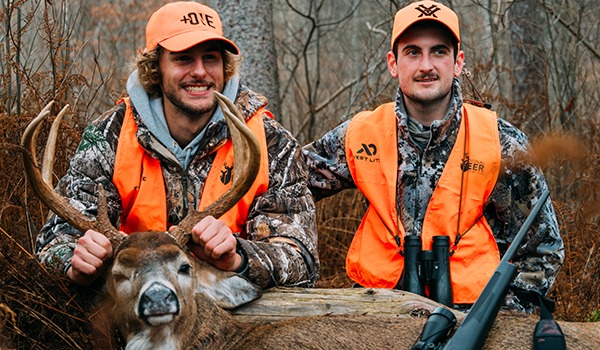 New hunter Justin with Field to Fork mentor and U.S. Fish and Wildlife Service Rep Matt Falteich.[/caption]
New hunter Justin with Field to Fork mentor and U.S. Fish and Wildlife Service Rep Matt Falteich.[/caption]